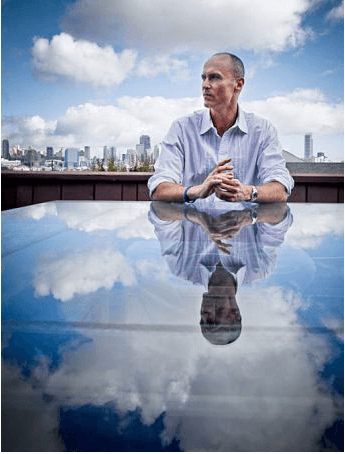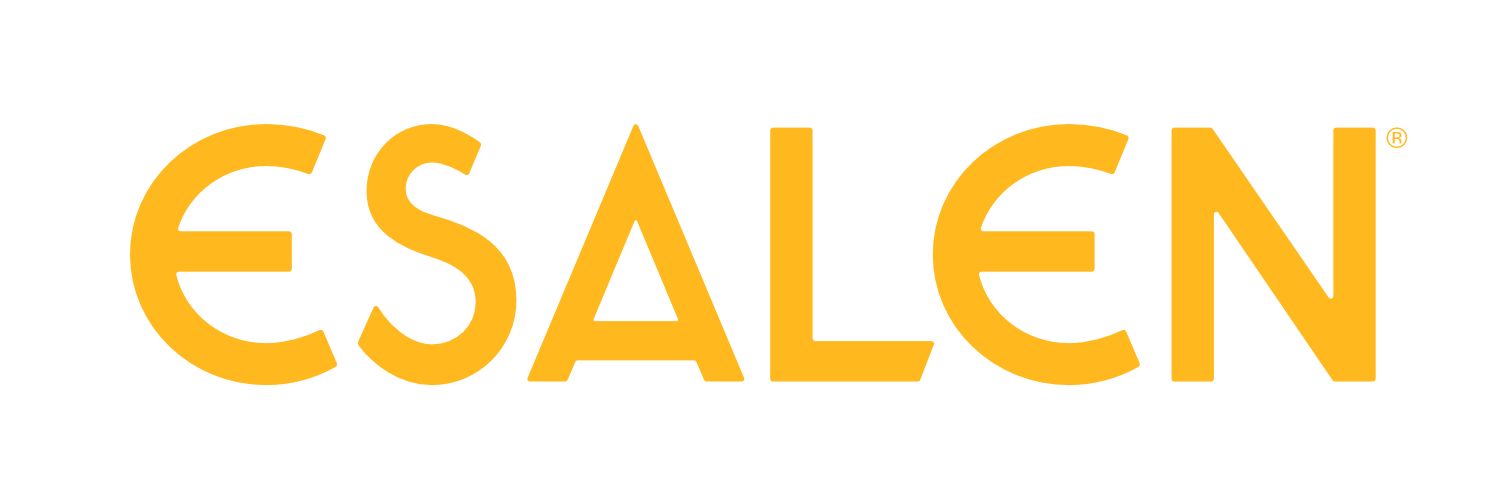
Mihaly Csikszentmihalyi, author of the landmark book Flow, once wrote that you can determine who holds power in a society based upon who has the tallest buildings.
One or two hundred years ago, in most cities, that might have meant power rested with organized religion as churches, temples, and synagogues dominated the skyline. In the past century, one might have surmised that government held the power based upon the fact that, in many cities, no building was allowed to be taller than the City Hall or State Capitol.
But, in modern times in larger cities, there’s no doubt where power rests today. Skyscrapers filled with businesspeople cast their shadows over most cities.
A generation or two ago, if you were a rebel who wanted to change the world, you joined a social or political movement.
But today, many young leaders who want to have an impact on how the world works are choosing to be entrepreneurs. Nowhere on the planet is this more true than in the San Francisco Bay Area with the field-leveling tech industry ready-made for innovators and visionaries.
With this as the backstory, Joie de Vivre founder (and CEO for 24 years) Chip Conley and Wisdom 2.0 founder Soren Gordhamer led a group of 17 CEOs or founders under 40 through a three-day retreat focused on how we can integrate more conscious thinking into how we do business.
The diverse group included tech entrepreneurs who’d sold their companies to Google and eBay and social entrepreneurs who were remaking industries from travel and dining to fashion and health care.
The starting point for the retreat was defined by the premise that business leaders can’t create conscious companies that can change the world unless they are conscious themselves.
The first day focused on how to cultivate mindfulness in ourselves with both a little meditation training and a series of exercises on how to be a better listener.
A whole evening was devoted to emotional fluency training and how leaders can be more self-aware while also being more mindful of the emotionally contagious environment that exists in an organization. While we’ve gotten better at measuring the “ecological footprint” that most companies unleash on the world, we’ve barely begun to calculate the toxic “emotional fist prints” (like punches to the jaw) that many companies leave on their employees, nor how that translates to their families and their customers.
By the end of the night, these entrepreneurs had come to realize that “CEO” should stand for Chief Emotions Officer.
The second day was dedicated to looking at how one’s company culture can be more conscious in terms of how it operates. Chip Conley presented the business model outlined in his book PEAK: How Great Companies Get Their Mojo from Maslow and explored how humanistic psychology proved to be a huge competitive advantage for his Bay Area-based boutique hotel company during the dot-com downturn a decade earlier. Then the group did a series of breakout sessions on how they could better address the higher needs of their employees, customers and investors.
After a hike in the afternoon, the second evening provided an opportunity for each of these young business leaders to open up to the group as a whole and ask for guidance and direction about how to balance being both conscious and a capitalist.
With tears and laughter abounding, this collection of young adults — most of whom had never met each other — started to bond in ways that gave them a sense that they were not alone in their aspirations for making a difference.
They each realized how difficult it is to address the varying needs of stakeholders, but CEO after CEO shared their best practices of how they’ve been able to create a sense of purpose that becomes the rallying cry for everyone associated with the business.
As one of the group members said at the end of the night, “I didn’t feel like I could talk this way when I was in business school, so it’s reassuring to know that there are so many other leaders who want to embrace goodness on their quest for greatness as a company.”
On the final day, the focus moved from the internal (the company) to the external (the community), by looking at the question of: How can my company be a force for good in the world?
We did a powerful exercise in dyads, entitled “What business are we in?” With two people sitting in front of each other, the first person asks this question and the second person answers. The questioner thanks the person who answers, asks the same question again, and the first person can’t answer the same way twice. This goes on for five rounds by which time the answerer has probably peeled back the purpose of their company so deeply that they’ve come to truly see the essence of their business.
One technology entrepreneur came to realize he was in the “self-actualization” business as that’s what his software, at its core, is really trying to provide his customers. Some in the group chose an alternative question with the same format: “What will your or your company’s legacy be?”
By the end of this exercise, we were rounding the finish line of the retreat and it was clear that the group had ripened as conscious capitalists. We ended with each CEO/founder making a verbal commitment to themselves and to the group regarding what steps they were going to take to incorporate their lessons from Esalen into their leadership approach and their company’s culture.
As one leader declared, “Business has a sorry history of creating a negative domino effect. Let’s go out and prove to the world that our businesses can have a positive domino effect in our communities, and with our employees, our customers and our vendors.”
Sounds a lot like conscious capitalism.
